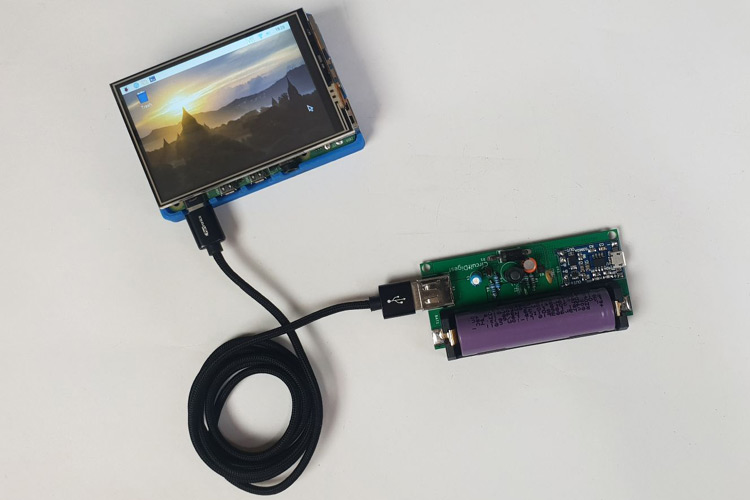
Building a Simple UPS for Raspberry Pi
Are you tired of your Raspberry Pi shutting down unexpectedly due to power outages or fluctuations? A simple solution to this problem is building your own Uninterruptible Power Supply (UPS) for your Raspberry Pi. In this article, we will guide you on how to build a simple UPS for your Raspberry Pi using readily available components. Let’s get started!
Materials Needed
- Raspberry Pi
- Power Supply Module
- 12V Lead Acid Battery
- Charger/Discharge Controller
- Bridge Rectifier
- Voltage Regulator
- Switch and LED Indicator
- Connecting Wires
Step 1: Connecting the Components
First, connect the power supply module to the 12V lead acid battery. This module will step down the voltage to 5V suitable for the Raspberry Pi. Next, connect the charger/discharge controller to ensure the battery is charged properly and prevent overcharging. Connect the bridge rectifier to convert AC to DC, and the voltage regulator to stabilize the output voltage.
Step 2: Adding the Switch and LED Indicator
Now it’s time to add a switch to turn the UPS on and off. Connect the switch between the battery and the Raspberry Pi to control the power supply. Additionally, add an LED indicator to visually indicate when the UPS is active.
Step 3: Testing the UPS
Before connecting the Raspberry Pi, test the UPS system to ensure everything is working correctly. Check the battery voltage, switch functionality, and LED indicator. Once everything is confirmed, connect the Raspberry Pi to the UPS, and you’re all set!
Conclusion
Building a simple UPS for your Raspberry Pi is a great way to ensure uninterrupted power supply and protect your valuable projects from unexpected shutdowns. By following these steps and using the right components, you can create a reliable UPS system for your Raspberry Pi. Enjoy uninterrupted computing with your Raspberry Pi!
Was this helpful?
0 / 0